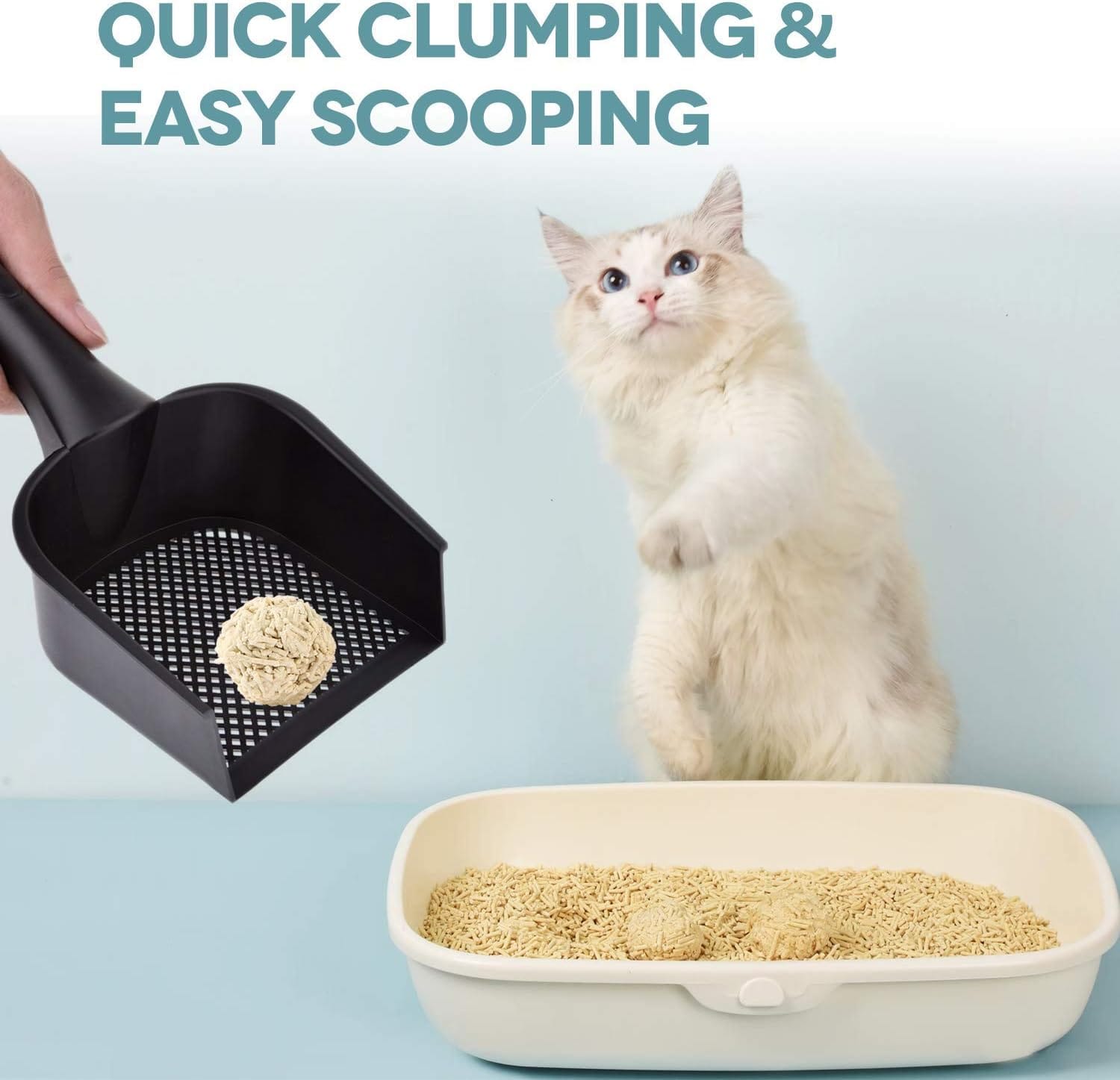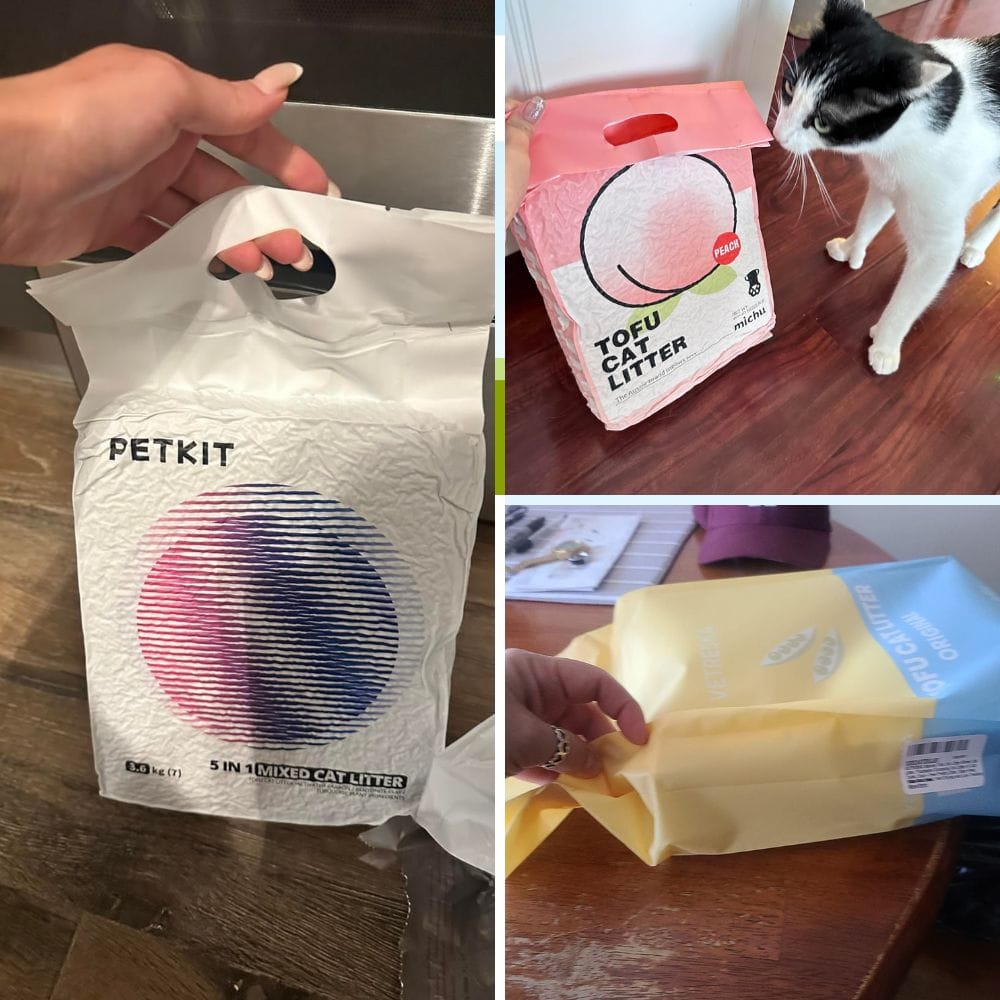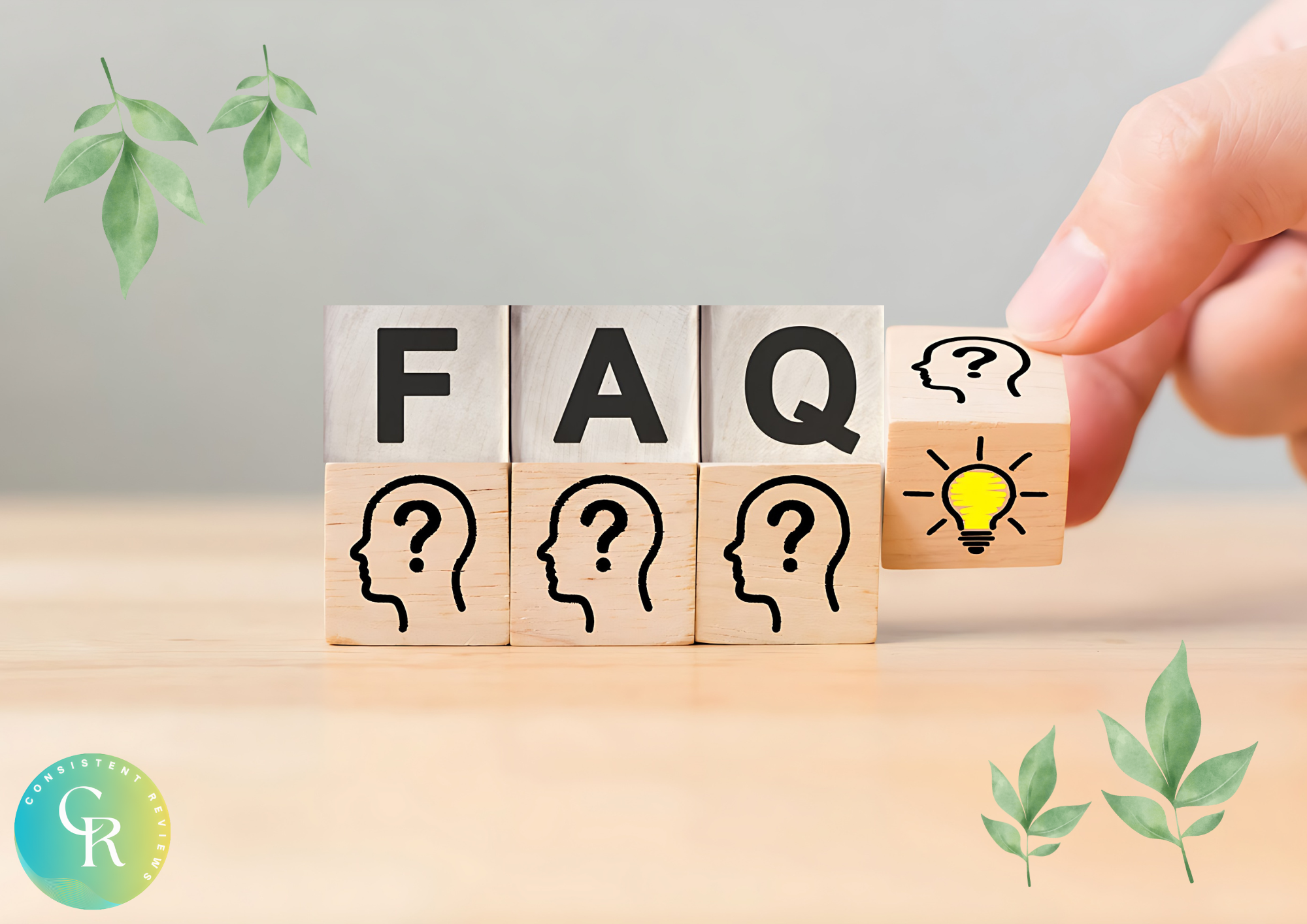Key Takeaways:
- Tofu cat litter is an environmentally friendly alternative to traditional clay or silica-based litters.
- It offers excellent odor control and clumping capabilities, making it a practical choice for cat owners.
- Switching to tofu cat litter can significantly reduce your carbon footprint and promote sustainable living.
Introduction to Eco-Friendly Cat Care

In today's fast-paced world, where sustainability is more than just a buzzword, pet owners are increasingly looking for ways to reduce their environmental impact. Cats, with their independent nature and minimalistic needs, are often considered low-maintenance pets. However, the choices we make for their care can have significant environmental consequences. Enter tofu cat litter—a game-changer in the quest for eco-friendly cat care.
Tofu cat litter is made from the byproducts of tofu production, primarily soybean pulp. This innovative product not only provides a sustainable alternative to traditional cat litters but also offers numerous benefits for both cats and their owners. Let's dive into why tofu cat litter is becoming the go-to choice for environmentally conscious cat lovers.
The Environmental Impact of Traditional Cat Litter
Traditional cat litters, particularly those made from clay, have a significant environmental footprint. The extraction process for clay involves strip mining, which can lead to habitat destruction and soil erosion. Additionally, clay litter is non-biodegradable, meaning it contributes to landfill waste.
Silica-based litters, while less harmful in terms of mining, still pose environmental challenges. They are not biodegradable and can take hundreds of years to decompose. By contrast, tofu cat litter is biodegradable and compostable, offering a more sustainable solution for cat owners.
What is Tofu Cat Litter?
Tofu cat litter is crafted from the byproducts of tofu production, specifically soybean pulp. This material is processed into small granules that are highly absorbent and effective at controlling odor. The use of soybean pulp not only reduces waste from tofu manufacturing but also provides a renewable resource for cat litter.
The production of tofu cat litter is a prime example of upcycling, where waste materials are transformed into valuable products. This process not only minimizes waste but also reduces the demand for non-renewable resources, making tofu cat litter a sustainable choice for eco-conscious pet owners.
Benefits of Tofu Cat Litter

Odor Control and Clumping Ability
One of the standout features of tofu cat litter is its excellent odor control. The natural properties of soybean pulp help neutralize unpleasant smells, keeping your home fresh and inviting. Additionally, tofu cat litter forms solid clumps when wet, making it easy to scoop and maintain a clean litter box.
Dust-Free and Hypoallergenic
Tofu cat litter is virtually dust-free, which is a significant advantage for both cats and their owners. Dust from traditional litters can cause respiratory issues in cats and trigger allergies in humans. The hypoallergenic nature of tofu cat litter makes it a safer choice for households with sensitive individuals.
How Tofu Cat Litter Supports Sustainable Living
Switching to tofu cat litter is a simple yet effective way to reduce your carbon footprint. By choosing a biodegradable and compostable product, you are actively contributing to waste reduction and promoting a circular economy. This small change can have a significant impact on the environment over time.
Moreover, tofu cat litter is often packaged in recyclable materials, further enhancing its eco-friendly credentials. By supporting products that prioritize sustainability, you are encouraging more companies to adopt environmentally responsible practices.
Cost Considerations
While tofu cat litter may be slightly more expensive than traditional options, its benefits often outweigh the cost difference. The superior odor control and clumping ability mean you use less litter over time, potentially offsetting the initial price difference.
Additionally, the peace of mind that comes with making an environmentally responsible choice is invaluable. Investing in tofu cat litter is an investment in a healthier planet for future generations.
Case Study: A Cat Owner's Experience
Sarah, a cat owner from Portland, Oregon, decided to switch to tofu cat litter after learning about its environmental benefits. She was initially skeptical about its performance compared to her usual clay litter. However, after a month of use, she noticed a significant reduction in litter box odor and found the clumping ability to be superior.
Sarah also appreciated the dust-free nature of tofu cat litter, as her cat Whiskers had previously experienced respiratory issues with clay litter. The switch not only improved Whiskers' health but also aligned with Sarah's commitment to sustainable living.
How to Transition Your Cat to Tofu Cat Litter

Transitioning your cat to a new type of litter can be a delicate process. Start by mixing a small amount of tofu cat litter with your current litter, gradually increasing the ratio over a week or two. This gradual transition helps your cat adjust to the new texture and scent without causing stress.
Observe your cat's behavior during the transition. If they seem hesitant, slow down the process and offer positive reinforcement, such as treats or extra playtime, to encourage them to use the new litter.
Common Misconceptions About Tofu Cat Litter
It's Not Effective for Odor Control
Some cat owners worry that plant-based litters won't control odors as effectively as traditional options. However, tofu cat litter's natural odor-neutralizing properties often outperform clay and silica litters, keeping your home smelling fresh.
It's Difficult to Find
While tofu cat litter may not be as widely available as traditional options, it is becoming increasingly popular and can be found in many pet stores and online retailers. As demand grows, availability is likely to increase, making it easier for cat owners to make the switch.
The Future of Eco-Friendly Pet Products
The rise of tofu cat litter is part of a broader trend towards sustainable pet products. As consumers become more environmentally conscious, the demand for eco-friendly alternatives is expected to grow. This shift encourages innovation and the development of new products that prioritize sustainability without compromising on quality.
By choosing products like tofu cat litter, pet owners can play a crucial role in driving this change and supporting a more sustainable future for all.


Is tofu cat litter safe for kittens?
Yes, tofu cat litter is safe for kittens. Its hypoallergenic and dust-free properties make it a suitable choice for young cats with sensitive respiratory systems.
Can tofu cat litter be flushed down the toilet?
While some tofu cat litters are marketed as flushable, it's essential to check local regulations and your plumbing system's compatibility before flushing any litter. Composting is often a more environmentally friendly disposal method.
How often should I change tofu cat litter?
The frequency of changing tofu cat litter depends on the number of cats and the size of the litter box. Generally, it's advisable to scoop daily and replace the litter every two to three weeks to maintain optimal hygiene and odor control.

Tofu cat litter offers a sustainable and effective alternative to traditional cat litters. Its environmental benefits, combined with excellent odor control and clumping ability, make it an ideal choice for eco-conscious cat owners. Making the switch, you can reduce your carbon footprint and contribute to a healthier planet.











